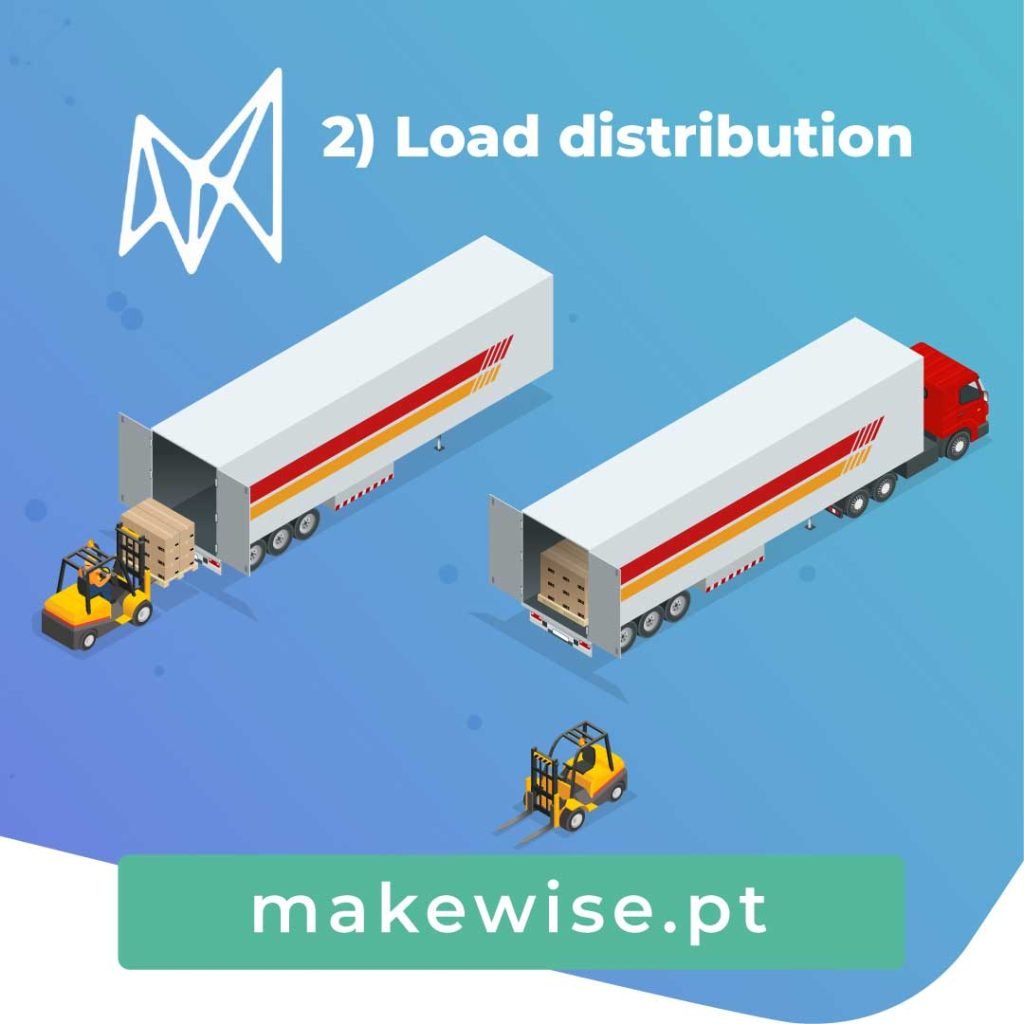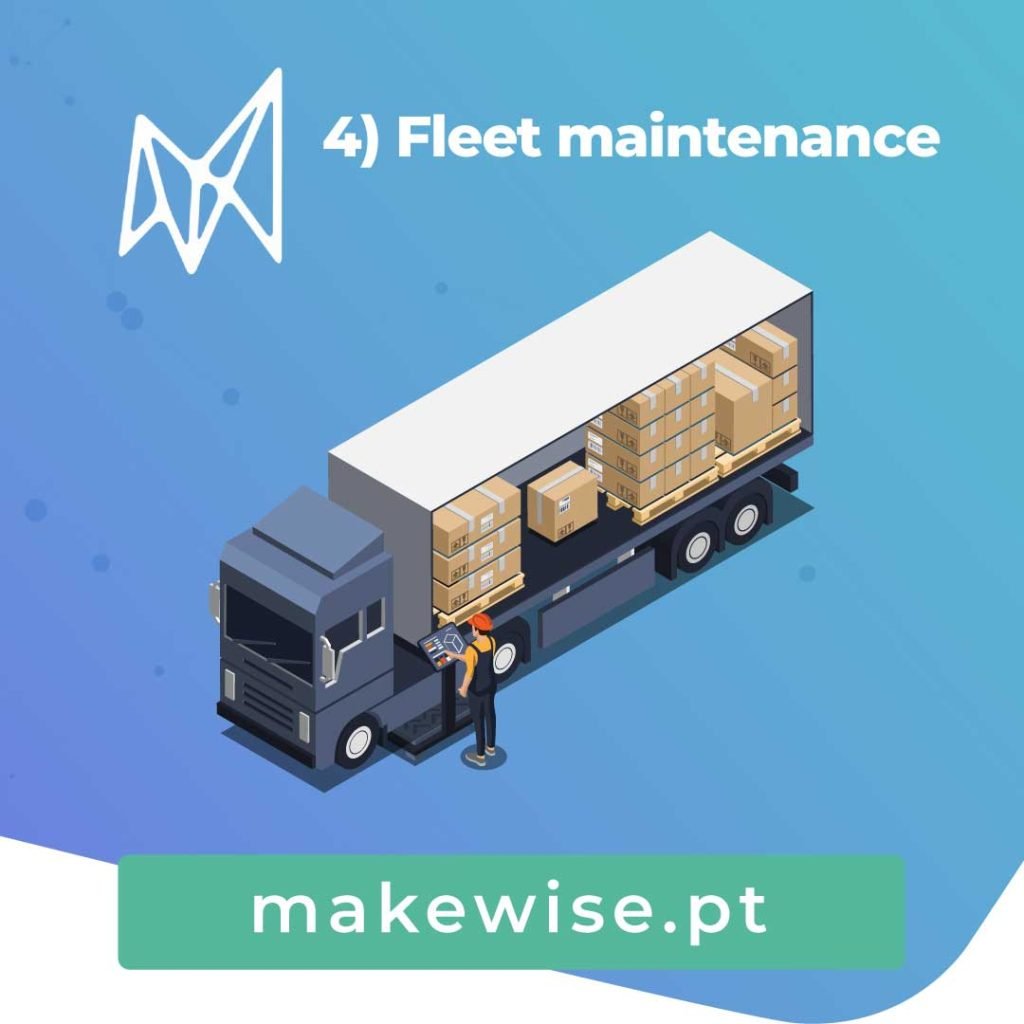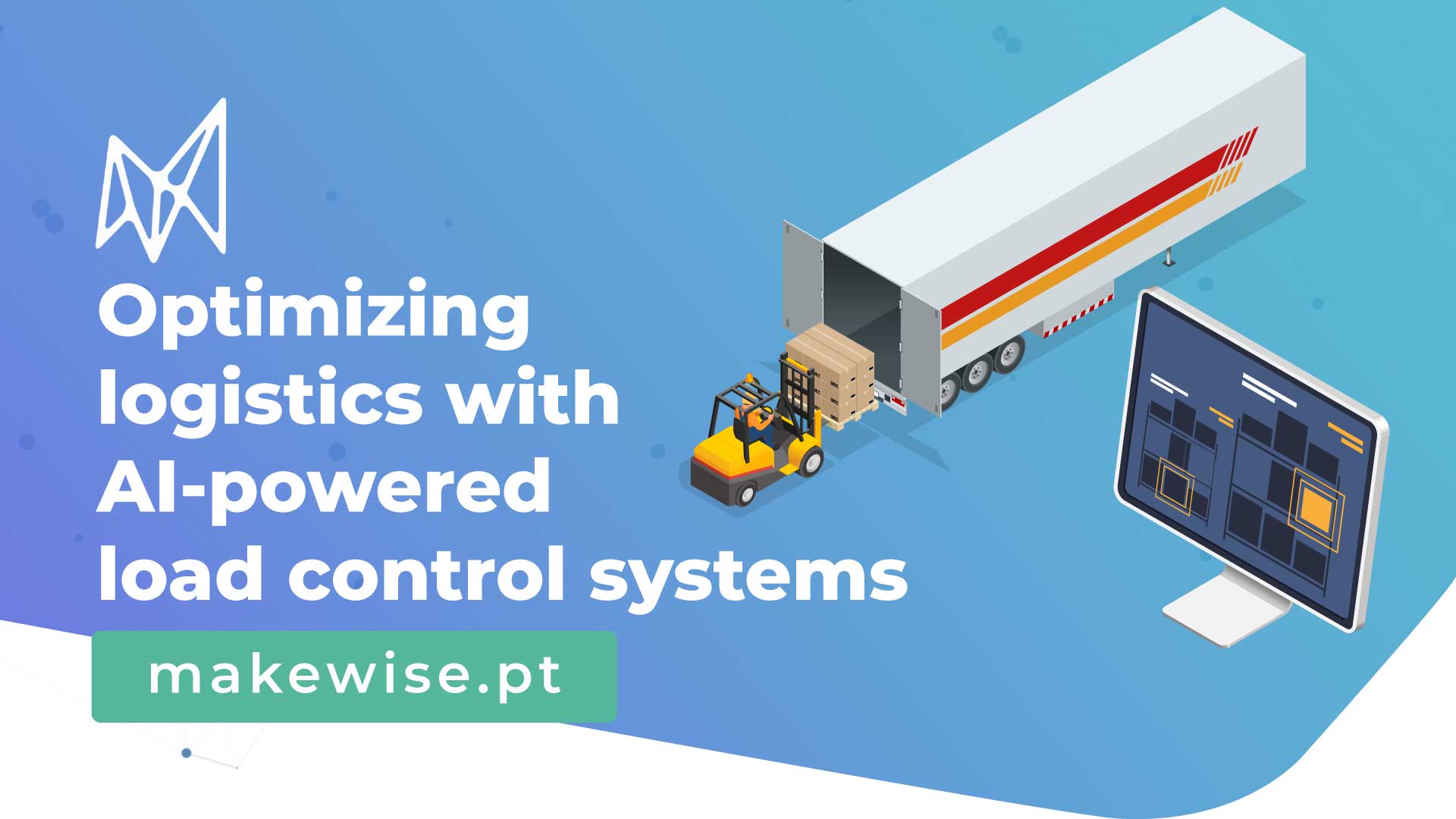The logistics industry is essential for moving goods around the world. Transportation networks are crucial, linking different parts of the supply chain and making sure products get where they need to go. But managing these networks is difficult, with many factors to consider such as planning routes, keeping vehicles in good shape, and organizing loads.
Artificial Intelligence (AI) has become a powerful tool in recent years, helping logistics companies handle huge amounts of data and make smarter decisions. In this article we explore how AI can optimize transportation networks, making operations smoother, costs lower, and customers happier.
The impact of AI on logistics
Here are some important AI technologies that are making an impact:
- Machine learning – By analysing historical data, machine learning algorithms can recognize patterns and project future trends. This enhances route planning and demand prediction.
- Predictive analytics – Through the use of data, statistics, and machine learning, predictive analytics can foresee potential outcomes. In transportation, this aids in identifying delays or maintenance requirements before they turn into bigger disruptions.
- Optimization algorithms – AI optimization algorithms can handle large volumes of data to determine the most efficient routes, schedules, and load distributions. They factor in variables such as traffic, weather conditions, and regulations to optimize operations.
The advantages of including AI into logistics
- Cost savings – AI can pinpoint the most fuel-efficient routes, anticipate maintenance requirements to prevent costly breakdowns, and optimize load capacities, all leading to decreased expenses.
- Increased efficiency – Through route and schedule optimization, AI minimizes travel times, maximizes vehicle use, and ensures an efficient delivery of goods.
- Reliability – Predictive analytics enables the anticipation of potential delays and disruptions, enabling organizations to proactively manage risks and uphold service standards.
- Informed decision-making – With the ability to quickly process and analyse extensive ammounts of data, AI gives logistics operators valuable insights, enabling rapid and informed decision-making.
4 ways that AI can be used to optimize logistics
1) Route optimization

AI algorithms are used to analyse factors like traffic, weather, and delivery windows to determine the most efficient routes. This not only cuts travel time but also reduces fuel usage and emissions.
2) Load distribution

AI optimizes load distribution based on aspects such as weight, volume, and destination, ensuring vehicles are loaded to maximum capacity. This boosts fuel efficiency and minimizes the need for extra trips.
3) Traffic prediction

AI systems estimate traffic patterns using historical and real-time data, enabling companies to adjust routes to minimize delays.
4) Fleet maintenance

AI analyses vehicle sensor data to anticipate repairs, reducing downtime. Fleet management systems monitor vehicle performance, fuel usage, and driver behavior, helping organizations with fleet operations and enhancing safety.
CHECKPOINT.VISION: Logistics and transport of Raw Materials by MakeWise

CHECKPOINT.VISION is a computer-operated load control system that allows object recognition, as well as the control and verification of cargo transport.
- Data Management – Centralized and secure access to all information
- Zero fraud – Allows validation of load integrity at the destination
- Load metrics – Generates multiple load metrics and measurements through computer vision
- Integration – Easily integrated with other IT systems
Confirm all MakeWise’s solutions here, and start your business digital transformation journey today. Contact us!

